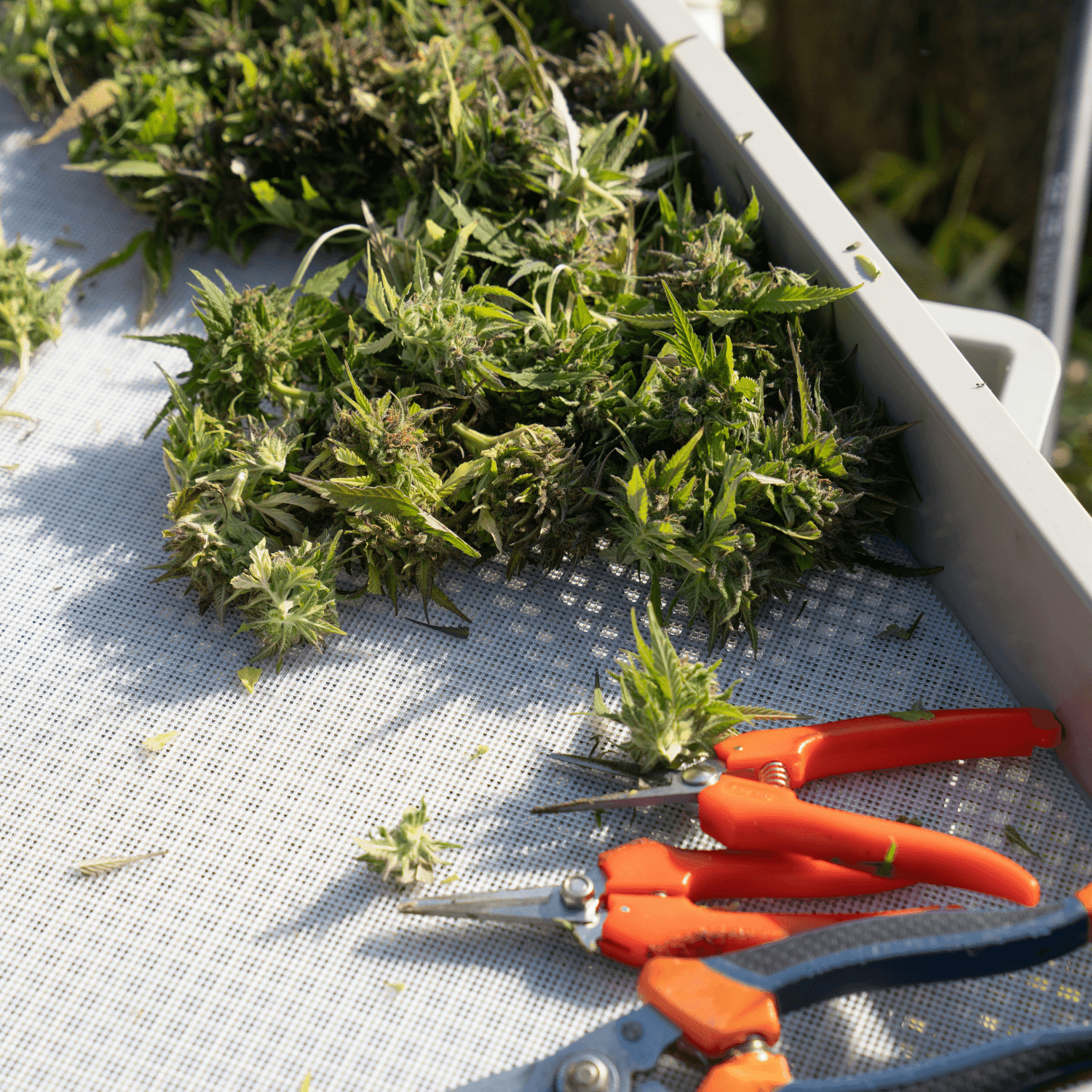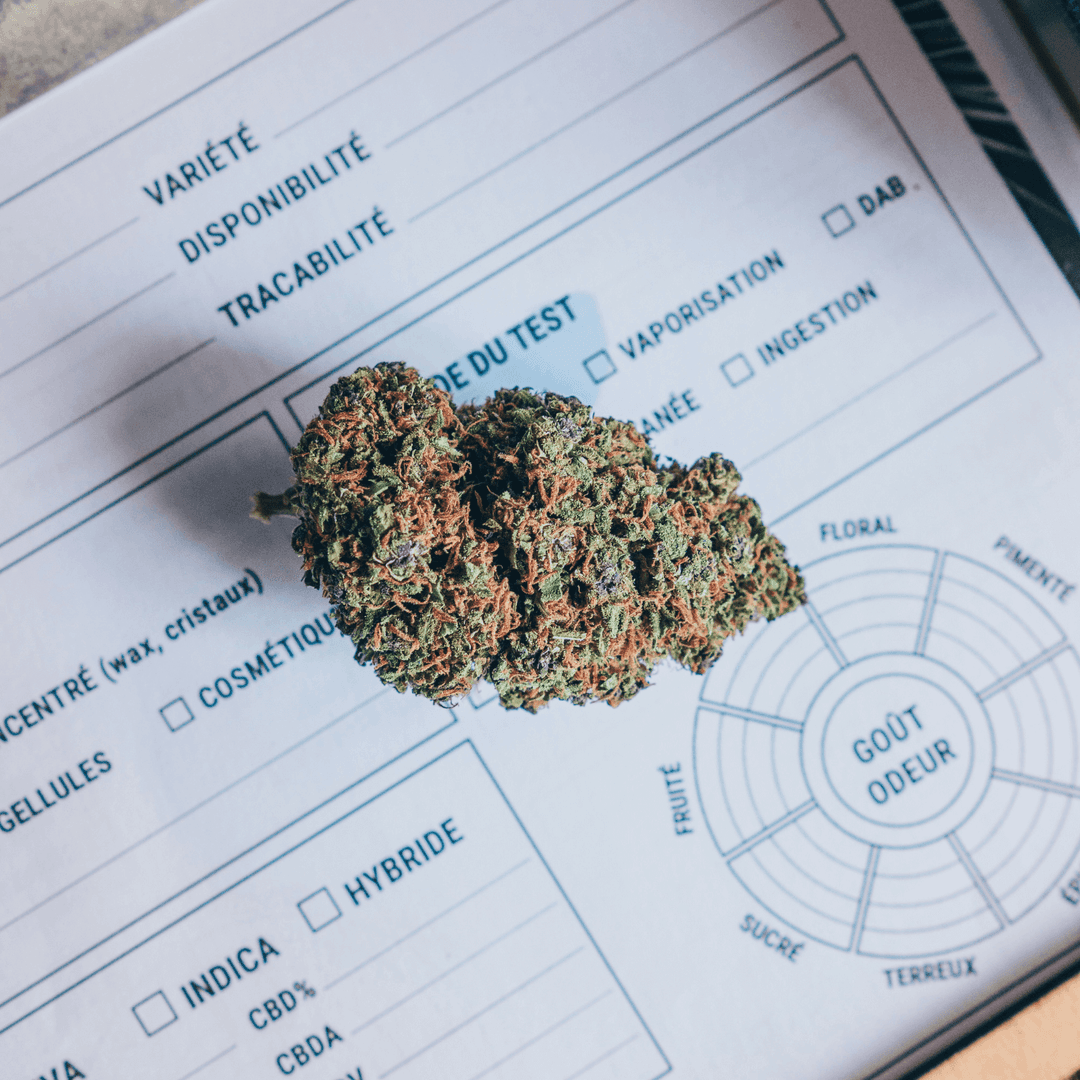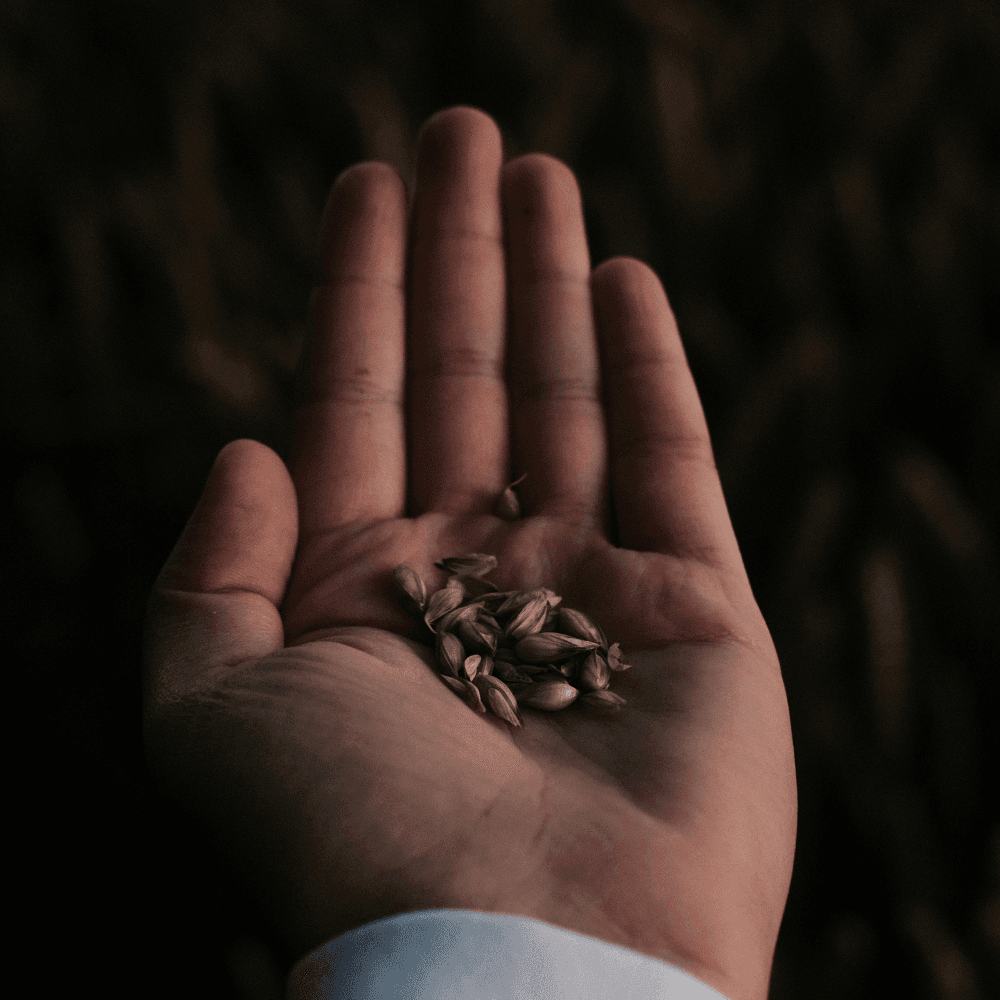
October 4, 2025admin
Landrace Strains: The Original Cannabis Genetics That Shaped Modern Marijuana
Stoners have long been fascinated by landrace strains, the ancient cannabis genetics that evolved naturally in specific regions of the world. These native cannabis plants represent the foundation of modern marijuana strains and have been revered for their genetic purity, unique characteristics, and desirable traits.
Unlike modern hybrids, landrace cannabis strains developed over centuries without human intervention, allowing them to adapt perfectly to their native environments. For cannabis connoisseurs, understanding landrace strains is like stepping into a living history of cannabis cultivation and genetics.
Landrace strains today may be rare in commercial markets, but their influence is ubiquitous. Many modern marijuana strains owe their potency, flavors, and diversity to these original landrace strains. Cannabis breeders rely on landrace genetics to maintain genetic diversity and to create modern hybrids that meet the growing demands of cannabis consumers.
Whether you’re a cannabis grower, a seed bank curator, or simply a connoisseur looking to find landrace strains, exploring the world of pure sativa and indica landrace strains offers an education in both history and science.
What Makes a Strain “Landrace”?
A landrace strain is not just any cannabis strain—it is a cannabis strain that evolved naturally in a specific geographic location, often over hundreds or even thousands of years. Unlike modern strains, which are selectively bred for potency, yield, and specific flavors, landrace cannabis developed organically. Their genetic makeup reflects centuries of adaptation to local conditions, including soil quality, altitude, climate, and even local pests.
Landrace indica strains, for example, often thrive in mountainous regions, producing dense buds and earthy aromas that are perfectly suited to their native environments. Similarly, pure sativa landrace strains, such as those originating in equatorial regions, exhibit energizing effects and spicy and herbal flavors that reflect their adaptation to warm, sunny climates. The genetic purity of landrace cannabis is what makes it so valuable to cannabis breeders seeking to preserve original genetics and desirable traits in modern cannabis.
The Historical Roots of Landrace Strains
Landrace cannabis strains originated in areas of Central Asia, the Hindu Kush mountain range, Africa, and South America, where cannabis evolved alongside human civilizations. Ancient cannabis genetics were used for a variety of purposes—from fiber and oil to spiritual and medicinal applications. Native cannabis plants were integral to the daily lives of ancient societies, and many landrace varieties carry centuries of cultural and historical significance.
Trade routes and migration helped spread landrace strains across regions, but these plants remained largely untouched by human selection for potency or appearance. The original genetics of these cannabis landrace strains preserved their unique characteristics, such as herbal flavors, dense buds, and earthy aroma, forming the foundation for the modern cannabis industry. For cannabis enthusiasts, studying these ancient cannabis genetics is a way to understand both the evolution of the plant and its cultural significance.
Why Landrace Strains Are Rare Today
Many landrace strains have become increasingly rare due to the rise of modern marijuana strains. Modern cannabis is often bred for high THC content, fast flowering times, and visual appeal, which can overshadow the slower-growing, naturally evolved landrace varieties. Human intervention in cannabis cultivation has drastically altered the genetic makeup of most commercial marijuana strains, leaving many landrace strains vulnerable to extinction.
Environmental changes, deforestation, and urbanization have also reduced the natural habitats of native cannabis plants. Today, seed banks and dedicated cannabis breeders are working tirelessly to preserve original landrace strains and their genetic purity. Without these efforts, future generations may never experience the original genetics that shaped the cannabis world.
The Role of Terroir in Landrace Cannabis
Terroir—a term borrowed from viticulture—refers to the environmental factors that influence the growth, flavor, and characteristics of plants. For landrace cannabis, terroir plays a critical role in defining its unique traits. Native cannabis plants are shaped by their soil, altitude, temperature, and humidity, resulting in distinct flavors and effects.
For example, Afghani Kush grown in the mountainous regions of Central Asia produces dense buds, a pure indica effect, and an earthy aroma. In contrast, Thai landrace sativa strains develop spicy and herbal flavors, with energizing effects ideal for daytime use. This link between environment and genetics is why pure sativa and indica landrace strains are so highly prized by cannabis enthusiasts and breeders.
Classic Landrace Strains Around the World
Certain landrace cannabis strains have achieved iconic status for their unique characteristics and contributions to modern marijuana strains. Popular landrace strains include:
- Afghani Kush (Indica) – Originating from the Hindu Kush mountain range, known for dense buds, pure indica effects, and earthy aroma.
- Durban Poison (Sativa) – A South African landrace sativa, celebrated for its energizing strain effects and sweet, spicy flavors.
- Thai (Sativa) – Equatorial landrace sativa with uplifting effects and citrusy, herbal flavors.
- Acapulco Gold (Sativa) – Mexican landrace strain with golden buds and a euphoric, cerebral high.
- Malawi Gold (Sativa) – African landrace sativa known for potent effects, long flowering periods, and unique spicy flavors.
- Hindu Kush (Indica) – A pure indica landrace thriving in mountainous regions, producing resin-heavy buds and relaxing effects.
These strains remain benchmarks for cannabis genetics, often used by cannabis breeders to introduce desirable traits into modern strains. Many landrace strains are maintained in seed banks, ensuring their original genetics can continue influencing the cannabis market.
Indica vs. Sativa in Landrace Genetics
Indica and sativa classifications are deeply rooted in landrace genetics. Indica landrace strains, such as Afghani Kush, are compact, dense, and ideal for relaxation. They evolved in colder, mountainous regions and produce thick buds with earthy aroma, pure indica effects, and robust resin production.
Sativa landrace strains, on the other hand, originate from equatorial regions and are tall, thin, and highly adaptable to warm climates. Sativa landraces, such as Durban Poison and Thai, produce energizing effects and spicy and herbal flavors. Understanding the differences between indica landraces and pure sativa landrace strains is essential for cannabis growers, breeders, and consumers who want to explore the authentic diversity of cannabis plants.
Preservation of Landrace Strains
Preserving landrace cannabis strains is critical for maintaining genetic diversity and original genetics. Seed banks around the world safeguard landrace seeds, allowing future generations of cannabis enthusiasts and breeders to access authentic genetics.
Cannabis breeders face several challenges when working with landrace strains:
- Maintaining genetic purity over generations.
- Replicating native environmental conditions.
- Ensuring the plants evolve naturally rather than being influenced by human intervention.
These efforts help conserve both the unique characteristics of landrace marijuana and the ancient cannabis genetics that inform modern cannabis breeding practices.
Landrace Strains vs. Heirloom Strains
Heirloom strains are closely related to landrace cannabis strains but are slightly different. While landrace strains evolved naturally in their native environments, heirloom strains are often cultivated outside their original regions. This human intervention can subtly alter their genetics over time.
For example, Maui Wowie is an heirloom strain derived from landrace sativa genetics in Hawaii. Though it retains many original traits, its adaptation to local cultivation conditions has influenced its flavor, effects, and flowering time. Understanding the distinction between heirloom strains and landrace strains is essential for cannabis growers and consumers seeking the purest cannabis genetics.
The Influence of Landrace Strains on Modern Cannabis
Many modern cannabis strains owe their existence to landrace ancestors. Classic hybrids, such as Skunk #1 and OG Kush, trace their genetics back to landrace cannabis strains from Central Asia, Africa, and South America. Cannabis breeders often cross landrace varieties to combine desirable traits, like potency, flavor, and resilience, creating modern marijuana strains that dominate the cannabis market.
Landrace genetics also provide a blueprint for future cannabis breeding. Maintaining access to original genetics ensures cannabis growers and breeders can continue developing modern hybrids with unique characteristics while preserving genetic diversity in the cannabis world.
Cultivating Landrace Strains Today
Cultivating landrace cannabis strains today is both a challenge and a passion for dedicated cannabis growers. These strains often require specific environmental conditions, long flowering periods, and careful attention to detail. Modern indoor cultivation techniques can help replicate native climates, but many landrace strains thrive best outdoors in regions similar to their original habitat.
Tips for cultivating landrace strains today include:
- Using landrace seeds from reputable seed banks.
- Mimicking native environmental conditions as closely as possible.
- Allowing for long flowering periods to maximize potency and flavor.
- Preserving genetic purity by avoiding crossbreeding with modern hybrids.
By following these principles, cannabis connoisseurs and growers can maintain the integrity of original landrace strains while enjoying their unique characteristics.
The Cultural Significance of Landrace Strains
Landrace cannabis strains carry immense cultural significance. In India, the Hindu Kush mountain range produced indica landrace strains used in religious rituals and traditional medicine. African landrace strains have been used for centuries in spiritual practices and social ceremonies. Native cannabis plants often played a role in daily life, from providing fiber for textiles to offering medicinal relief.
For cannabis consumers and enthusiasts, landrace strains offer a connection to this rich cultural history. Preserving these strains is about more than genetics—it’s about honoring the traditions and practices that shaped the cannabis world.
Conclusion: The Future of Landrace Cannabis
Landrace strains remain the backbone of the cannabis industry. Their genetic purity, unique characteristics, and ancient cannabis genetics continue to influence modern strains and inspire cannabis breeders. As cannabis cultivation and the cannabis market evolve, it is critical to preserve these original landrace strains for future generations.
Seed banks, dedicated cannabis growers, and connoisseurs play an essential role in maintaining genetic diversity, protecting pure sativa and indica landrace strains, and keeping the legacy of native cannabis plants alive. By valuing landrace genetics, the cannabis world ensures that both traditional wisdom and modern innovation continue to thrive. Whether you’re seeking the best landrace strains or exploring the influence of these ancient genetics on modern hybrids, landrace cannabis represents the authentic, original roots of marijuana strains that define the cannabis industry today.
Frequently Asked Questions
1. What is a landrace strain?
A landrace strain is a cannabis strain that evolved naturally in a specific geographic region over hundreds or thousands of years. Unlike modern hybrids, landrace cannabis strains developed without human intervention, adapting perfectly to their native environment. These strains are prized for their genetic purity, unique characteristics, and stable traits that can include distinct flavors, aromas, and effects. Examples include Afghani Kush, Thai, and Durban Poison.
2. How many landrace strains are left?
Many landrace strains are now rare due to widespread hybridization and changes in cultivation practices. While it’s difficult to give an exact number, only a limited number of pure landrace strains remain in the wild or preserved in seed banks. Cannabis breeders and preservationists are working to protect these strains, ensuring that future generations of cannabis enthusiasts and growers can access authentic landrace genetics.
3. Are there any North American landrace strains?
North America has very few true landrace strains. Most cannabis varieties in this region are descendants of landrace genetics brought from other parts of the world, such as Central Asia, Africa, or South America. Some heirloom strains, like certain variations of Acapulco Gold grown in Mexico, are sometimes considered North American landraces, though they often evolved outside their original habitat and have diverged from their native genetics.
4. What is indica vs sativa landrace?
Indica and sativa landrace strains refer to the classic classifications of cannabis based on growth patterns, effects, and native origins. Indica landrace strains, like Afghani Kush, typically come from mountainous regions and produce dense buds, earthy aromas, and relaxing effects. Sativa landrace strains, such as Thai or Durban Poison, originate in equatorial regions, grow taller, and provide energizing, uplifting effects with spicy and herbal flavors. Understanding the distinction helps cannabis growers, breeders, and consumers select strains that match their preferences and cultivation goals.
Related Articles

Does CBD Show Up on a Drug Test?
CBD has gone mainstream fast. From wellness routines to post-workout recovery, cannabidiol extracts sold online and in stores have become part of everyday life for a lot of people. But as CBD products become more common, one question keeps coming up: does CBD show up on a drug test?
December 18, 2025admin
How Much CBD Should a Beginner Start With? A Smart, Simple Guide to CBD Dosage
If you’re new to CBD, one of the first questions you’ll probably ask is how much CBD should a beginner start with. It sounds simple, but once you start browsing CBD products, the answer can feel anything but clear. Oils, gummies, tinctures, capsules, labels full of milligrams — it’s a lot to take in when you’re just trying to do this the right way.
December 18, 2025admin
What Do Cannabis Seeds Look Like: A Complete Guide for Growers
If you’re new to the cannabis world or looking to start your own cannabis cultivation, one of the first questions that may come to mind is, “what do cannabis seeds look like?” Recognizing healthy seeds is an essential skill for anyone who wants a successful harvest and robust cannabis plants. From marijuana seeds to weed seeds, knowing how to distinguish healthy marijuana seeds from immature seeds or old seeds can save you time, effort, and money.
November 29, 2025admin